San Jose Flea Market feels effects of urbanization
The San Jose Flea Market, which has been in operation for 62 years, is facing an unknown future after 2024.
March 27, 2023
After more than 60 years of commercial and ethnic hospitality, the Berryessa Flea Market in San Jose is less than two years away from being reduced to a third of its current size. Hundreds of vendors will lose their main source of income, all due to the San Jose City Council’s interest in a few dozen acres of land.
The long-standing attraction will be replaced by the BART Urban Village, a dense collection of retail outlets and housing. Despite several claims of serenity among the vendors, contempt is still rampant among them. Indifferent and selfish, the San Jose City Council and the Bumb family, the documented owners of the land La Pulga lies on, are making decisions resulting in a worn down moral between vendors.
Firstly, several practices have left the vendors behind, and some seem to actively seek to harm them. For example, in late 2021, an unprovoked $300 damage fine was sent to each individual vendor. Such a fine has never happened in years and was never warned about. On top of this, the San Jose Spotlight reports that when vendors asked for six-month leases to preserve their place when news of the closing first came forward, the Flea Market owners responded by granting it to them, in exchange for six months rent upfront. For most vendors, one month of rent for a plot is no less than $700. Demanding 6 months rent upfront is not only unethical, but it also seems completely blindsided considering the already taxing price for just one month.
Moreover, the City of San Jose’s official website shows that the city council only hosted three public meetings on the closing of the Flea Market when the news first became public. Only one of these was a vendor meeting. Here, vendors were free to ask the city any questions or voice any concerns. Even then, it was by and large a presentation instead of a public forum. The end of the PowerPoint gave four names for the vendors to ask any remaining questions to, but only one was listed as Spanish speaking, and that is the dominant language within La Pulga, that is spoken not only by vendors, but by almost everybody that visits.
However, the city did provide $2 million to spearhead efforts to find a new location as well as to support vendors during the transition. As it turns out, the Bumb Family also provided $500,000, as the first of many identical transactions that will eventually lead up to $5 million. Right now, this fuels the endeavor with $2.5 million. So far, the city has only used the funds given by the Bumbs to help vendors, and it is likely that the city’s portion and the bulk of the Bumbs’ portion will solely go toward buying a new location. Of the $500,000, the San Jose Spotlight reports that $350,000 went towards studies of the Flea Market’s economic, social, cultural, and fiscal impact. The other $150,000 will go to advisers and consultants. However, this first installment could have been better spent on stipends for the vendors, especially since there’s been a drastic drop in business when news of the closing first came. Patrica Mota, someone who’s been vending at the Flea Market for eight years, states, “People already think it’s closed, so no one comes anymore.” The whispers of the closing are already affecting vendors, but the city does not help.
Next, the scale and implementation of the village contradicts its supposed purpose. The new Urban Village promises a welcoming environment, where thanks to the nearby BART station, curious foot traffic can wander through the village and support the small businesses set along the repetitive grids that define this project. The City Council is very interested in the growth of small businesses and the opportunities that can come from this new village, yet these small business opportunities have always existed in the Flea Market. Admittedly they are much smaller endeavors, being less risky and more inexpensive than a typical start up. Nonetheless, the Flea Market provides an income to over 400 vendors, and building new but fewer dreams atop a mountain of shattered ones is simply immoral.
On weekends, I often would vend at the Flea Market with my mom. Our first day there we were greeted with nothing but hospitality, resting under a Good Samaritan’s tarp when the heat got to be a little too much for us.
Our neighbors would change the next time we came. This time, we were in the middle of the heart of a close-knit circle of vendors from all kinds of backgrounds. Gradually, we would learn about the people around us, their stories, and what defined them. For many of them, the Flea Market was a way for them to invest themselves in what they loved doing, be it growing exotic fruit, sculpting terrifyingly lifelike dogs that startled passersby, or making pastries with their children.
Preserving this culture is incredibly important for San Jose, because whatever replaces La Pulga will never replicate the diverse yet full representation of several cultures, from Mexico to Vietnam.


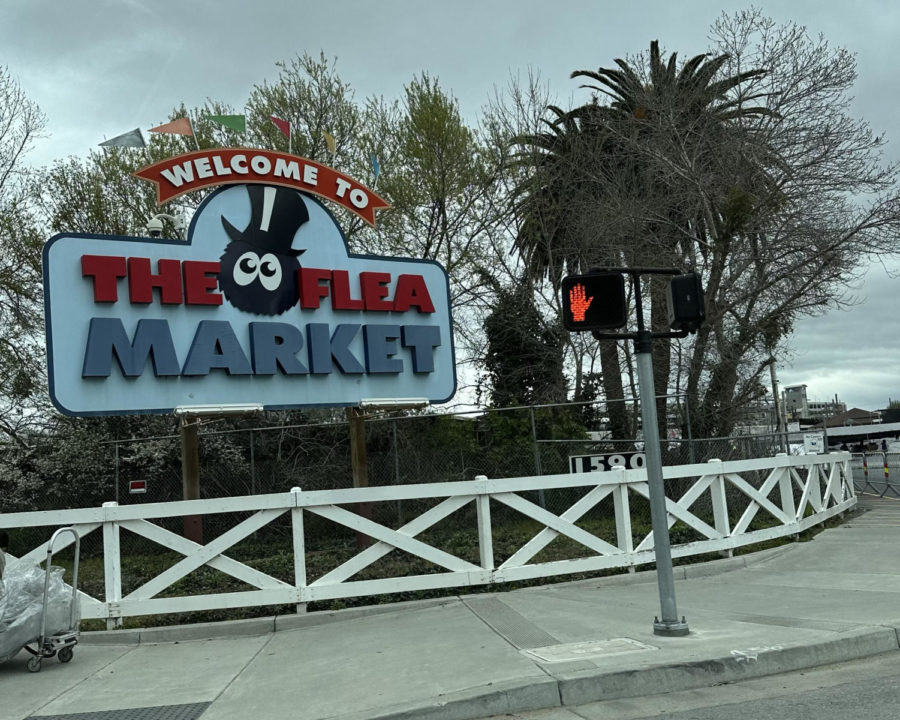

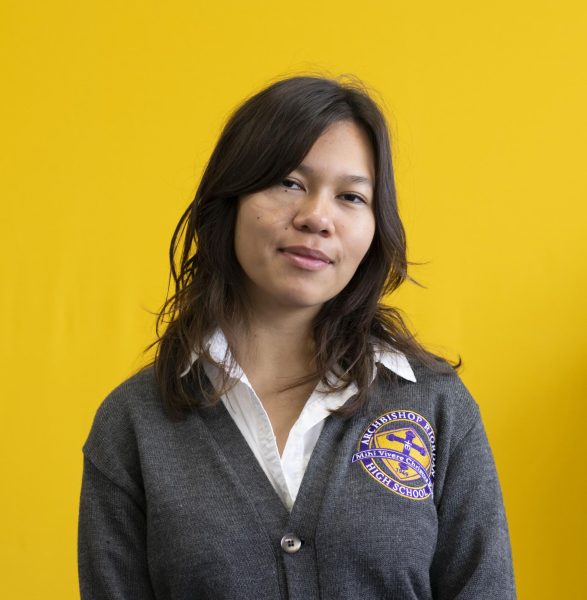



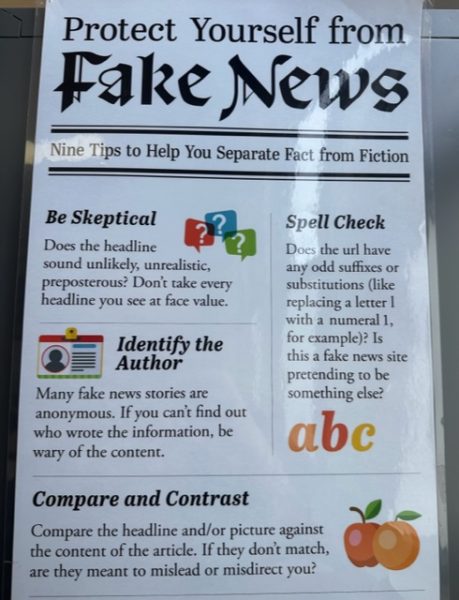
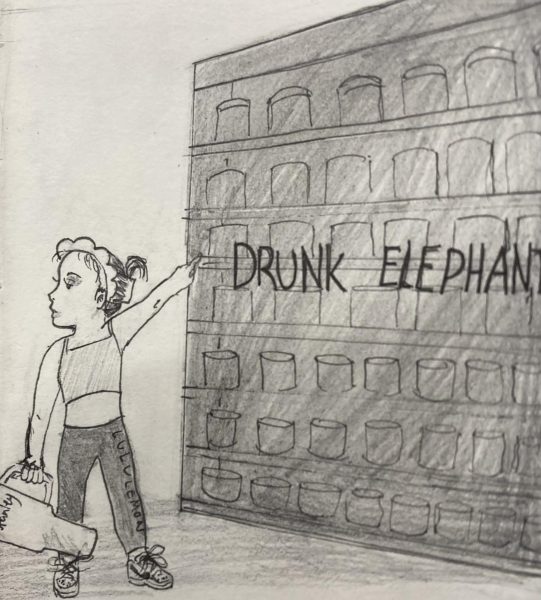
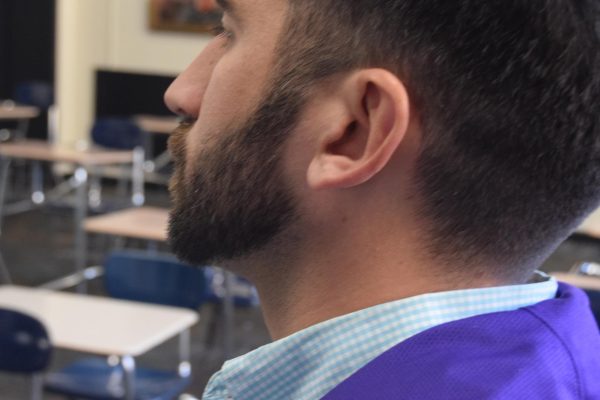
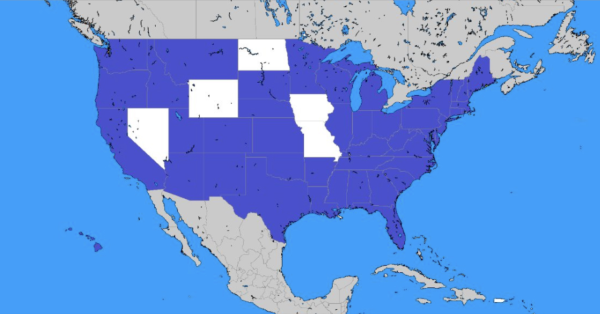

Jill C • Apr 8, 2023 at 11:40 am
Great detailed article about The Flea Market. Sad though. Thank you!